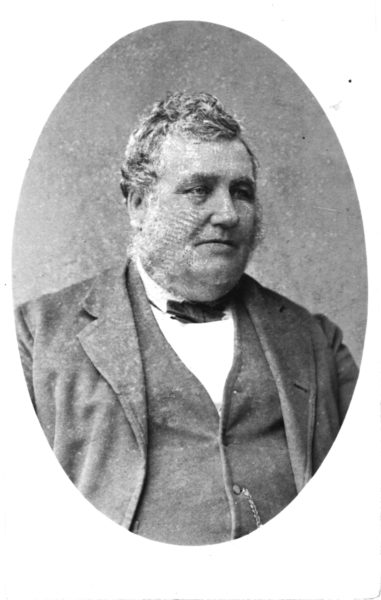Henry Bannister was born in Sedgley, a small town in Staffordshire, England. He was married in England, but his wife died within a year and Bannister decided to migrate to the colonies, going first to Australia. Bannister eventually joined other family members in Wellington, working at a number of jobs, including the construction of the Rimutaka Hill Road.
It was while working on the road that he first saw the widowed Sarah Iorns, on her way to bring the mail to Masterton. He obviously liked the lady he met on the road, and went to Masterton at the earliest opportunity, to renew his friendship with Mrs Iorns. Instead of the peaceful time he had imagined he found himself in an altercation with another suitor with designs on the widow. A fight ensued, in which Bannister was assaulted with a piece of wood, and his leg broken. His injury required nursing care, given freely by the widow he had come to court. As their son, historian Charles, recorded later: “As these sorts of cases generally end, the nurse got married to the patient.”
In 1870 Sarah Bannister died, and in 1873 Bannister remarried again, this time to Mary Tone, the leaseholder of the Club Hotel which Henry Bannister had built on the corner of Queen and Bannister Streets. Bannister died in 1879, his name recalled in Bannister Street and Bannister Court. In the way of these things, Sarah Masters/Iorns/Bannister has no street named after her but her father and husbands have, between them, five streets and a town named in their honour! The name Bannister Street was once applied to the southern end of what we now call Villa Street, as Henry Bannister had a house in the area.
Pic: Henry Bannister's house is said to have given its name to Villa Street.

